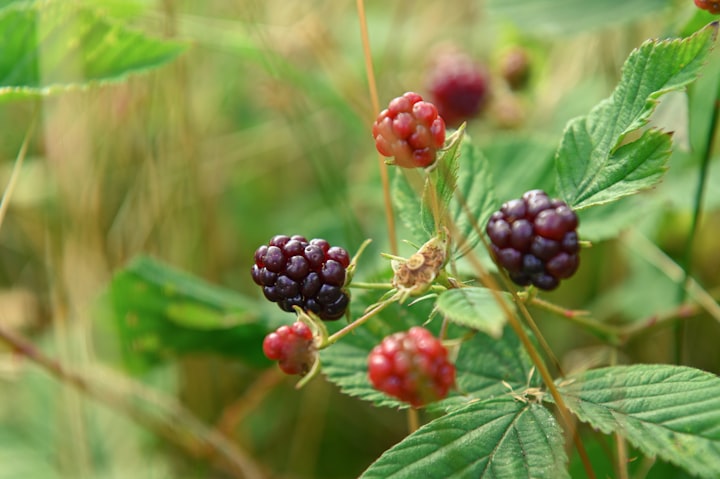People are finding out the hard way that it's unhealthy to remove their own earwax.
On the other hand, you must always clean your ears.

Even though earwax may appear unpleasant, it is not harmful to you and actually serves a necessary function in the delicate ear canal. Unfortunately, fighting earwax has become the norm, and many people inadvertently endanger their ear health by over-cleaning with dangerous instruments.
It's time to make peace with your earwax, so put the cotton bud down and pay attention.
Earwax: What is it?
Earwax is a naturally occurring secretion produced by a number of glands in the skin cells lining the ear canal. Everyone's ear contains cerumen, which is referred to as in professional settings, independent of personal hygiene practices.
The orange-brown ooze keeps the skin of the ear canal supple and healthy while also forming a protective acidic layer, despite the fact that it may not look particularly clean. eliminating potentially dangerous organisms like bacteria and fungi, this helps to maintain a sanitary and infection-free workplace.
Even though earwax contains mostly innocuous substances like oil, sweat, dead skin cells, and rare dust particle, it can nevertheless be problematic. The removal methods people use to get rid of earwax, however, might make this condition worse. Too much earwax can result in impaction, which can cause hearing impairments.
The ear canal is blocked by earwax.
People with tiny ear canals, those who frequently wear items in their ears like hearing aids or noise-canceling plugs, or those who frequently use cotton swabs experience impaction more frequently. Yes, pushing that cotton gladiator baton into your ear canal may actually cause earwax to accumulate rather than remove it.
Ear wax is normally removed by the body by shedding cells that progressively move it closer to the ear's exterior until it either falls away or is picked up during routine cleaning.
The steady conveyor belt of ear wax and dead skin cells is pushed back into the ear canal, where it is more prone to accumulate and cause issues when you charge in with a cotton bud.
That raises a question, therefore...
It's critical to keep in mind that earwax is healthy and beneficial to the body. According to an article in Otolaryngology-Head & Neck Surgery, it is not always necessary to remove it. Unless earwax buildup causes symptoms or stops your doctor from inspecting your ears, there is nothing you need to do.
Ironically, many cotton bud manufacturers state on their labels that their products should not be used for cleaning ears, but people tend to disregard safety instructions.
You run the danger of damaging the ear drum, a paper-thin membrane that divides your outer from your inner ear and aids in hearing, in addition to potentially inciting impaction.
It's important to consult your doctor if you experience symptoms like itchiness, fullness, muffled hearing, fluid, or pain in your ears, but when it comes to maintaining the cleanliness of your ears, earwax seems to be the key.
This article's information is not meant to be a replacement for qualified medical guidance, diagnosis, or care. When in doubt about a medical condition, always consult a trained healthcare professional.
What function do your genes have?
People often fall into one of two categories: wet or dry earwax, despite the fact that earwax consistency can range from flaky to syrupy. Wetter earwax is frequently darker gold or brown, whereas dry earwax typically has lighter colors of yellow or even grey. The smell of wet earwax might be greater.
Your genetic makeup is responsible for these distinctive earwax-type traits. People of European and African heritage frequently have wet earwax, while East Asians are more likely to have dry earwax.
I'm an anomaly because of it. I've always had trouble with earwax that gets on everything, including earbuds, pillowcases, and beanie hats. It's sticky, gooey, and wet. According to a 2006 Nature Genetics study,
The best earwax for health or evolution has been the subject of inquiry, but Ou says he's not totally convinced by the findings so far. However, he says, your surroundings may have an impact on it:
A 2011 study found some correlations between earwax type and climate, with wet earwax being more prevalent in warmer regions and dry earwax being preferred in cooler regions.
However, Ying cautions that as you age, earwax may undergo more subtle alterations. As we age, sweat and oil glands become less active, and skin typically becomes drier. Additionally, it could make earwax dry and flaky.
Since the throat, nose, and ears all occupy the same space, they could all become infected at the same time by a virus or bacteria. There isn't much evidence to support the notion that when you're unwell, your ears generate more earwax.
Your ears may seem congested due to a cold, the flu, or allergies, but Ying adds that this is usually due to fluid buildup brought on by enlarged tubes connecting your ears and throat. When you have severe inflammation from tonsillitis or nasal congestion as a result of the [tubes] may be plugged with a sore throat, causing your ears to feel full.






Comments
There are no comments for this story
Be the first to respond and start the conversation.